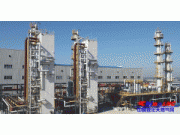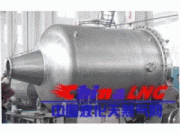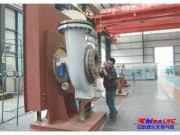免职声明:本网站为公益性网站,部分信息来自网络,如果涉及贵网站的知识产权,请及时反馈,我们承诺第一时间删除!
This website is a public welfare website, part of the information from the Internet, if it involves the intellectual property rights of your website, please timely feedback, we promise to delete the first time.
电话Tel: 19550540085: QQ号: 929496072 or 邮箱Email: Lng@vip.qq.com
摘要:Liquefied natural gas (LNG) is a very pure form of natural gas and is not carcinogenic or toxic. For natural gas to be liquefied all impurities must be removed such as: Sulfur, carbon dioxide and mercury which are corrosive to LNG equipment Water,..
|
Liquefied natural gas (LNG) is a very pure form of natural gas and is not carcinogenic or toxic. For natural gas to be liquefied all impurities must be removed such as:
The removal of these contaminants makes LNG, when re-gasified in a receipt terminal, a very clean and reliable natural gas source for cooling, heating and power. LNG is natural gas in its highly compact liquid form. When natural gas is cooled to minus 260 degrees Fahrenheit (or minus 162 degrees Celcius), it is reduced to one six-hundredth of its original volume and becomes a clear, non-toxic liquid. LNG offers a safe and economical means for transporting natural gas over long distances to locations beyond the reach of pipelines. LNG is not odorized because the odorant would freeze out as a solid when natural gas is cooled down to minus 260 degrees Fahrenheit. When LNG is vaporized and distributed, the natural gas is odorized as required by government regulations. In order for LNG to remain a liquid, its extremely cold temperature must be maintained. The temperature is maintained by heavily insulating the tanks to keep heat out and by removing the vapor that forms in the tank. LNG's low temperature requires that it be stored in specially designed tanks that can withstand extreme cold. LNG released into the environment immediately begins to evaporate, turning back into a gas. Some members of the public have raised concerns about the possibility of LNG explosions. LNG is not stored under pressure. If the tank is ruptured, there is no massive release of energy and thus no explosion. For an explosion to occur, LNG must first return to its gaseous state and then the natural gas vapors must accumulate in a confined space in a perfect mixture of 5 percent to 15 percent of gas in air, and encounter an ignition source.
|

















